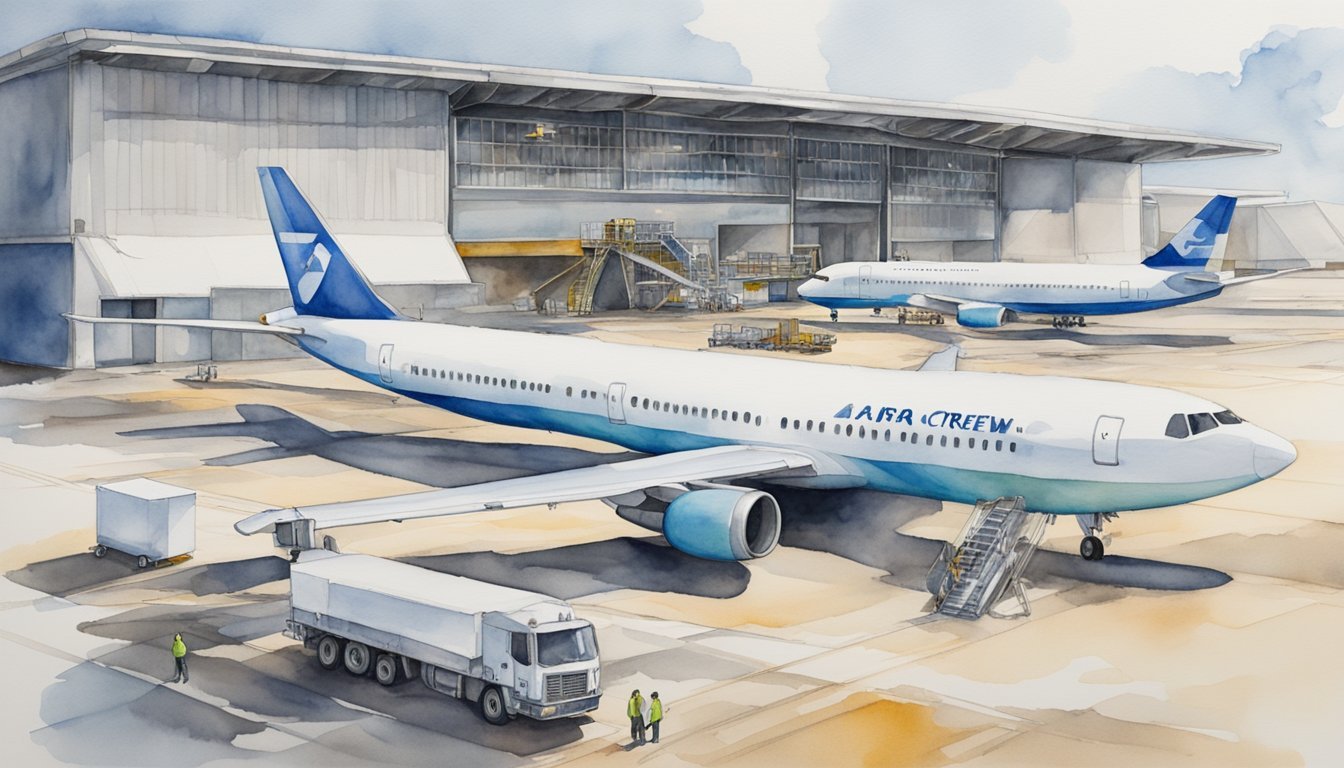Flight 102 Incident Overview
On April 29, 2013, National Airlines Flight 102, a Boeing 747-400 cargo jet, crashed during takeoff from Bagram Airfield, resulting in fatalities of all seven crew members. The accident brought to light significant issues in cargo handling and aeronautical understanding.
National Airlines Flight 102 Crash Details
National Airlines Flight 102, on a cargo mission from Camp Bastion in Afghanistan, met a catastrophic end when it crashed just moments after takeoff at Bagram Airfield. The aircraft was slated to stop for refueling at Bagram en route to Al Maktoum Airport in Dubai. What was initially a routine cargo flight became an urgent reminder of the rigors and dangers of military cargo transportation.
Investigative Findings and Technical Analysis
After a detailed investigation, it was revealed that inadequately secured cargo was a crucial factor in the incident. A heavy cargo shift led to the aircraft stalling mid-air and plummeting to the ground. The harrowing situation highlighted the importance of stringent adherence to cargo securing procedures, casting a new light on aviation safety protocols.
Flight Operations and Impact

This section provides an overview of the operations undertaken by National Airlines Flight 102 and the ensuing consequences that impacted the aviation industry.
About National Airlines and Flight Operations
National Airlines, an American airline, operated the ill-fated Flight 102, which was a cargo flight bound from Bagram Airfield in Afghanistan to Al Maktoum Airport in Dubai, United Arab Emirates. On April 29, 2013, the Boeing 747-400 converted freighter encountered a tragic load shift during takeoff, leading to a fatal accident shortly after it became airborne.
The cargo comprised heavy military equipment, including vehicles that, due to improper securing procedures, broke loose, causing a critical imbalance and subsequent loss of control. Crew members on board encountered a rapid and irreversible situation that led to an aerodynamic stall.
Consequences and Aviation Industry Impact
The National Transportation Safety Board (NTSB) launched an investigation to ascertain the causes of the crash. Analysis of the flight data recorder and cockpit voice recorder helped piece together the events that unfolded during the flight’s final moments. The investigation revealed significant insights into the importance of load securing procedures, prompting a review and subsequent enhancement of cargo-handling regulations by the Federal Aviation Administration (FAA).
There were immediate implications for the promotion of safety culture in cargo operations, highlighting the critical role that loadmasters play. Furthermore, the incident led to increased scrutiny over the handling of hydraulic systems that operate control surfaces critical for maintaining flight stability. The loss of Flight 102 significantly impacted the aviation industry’s approach to freight handling and served as a stark reminder of the consequences of procedural lapses in the rigorous field of aircraft operations.

